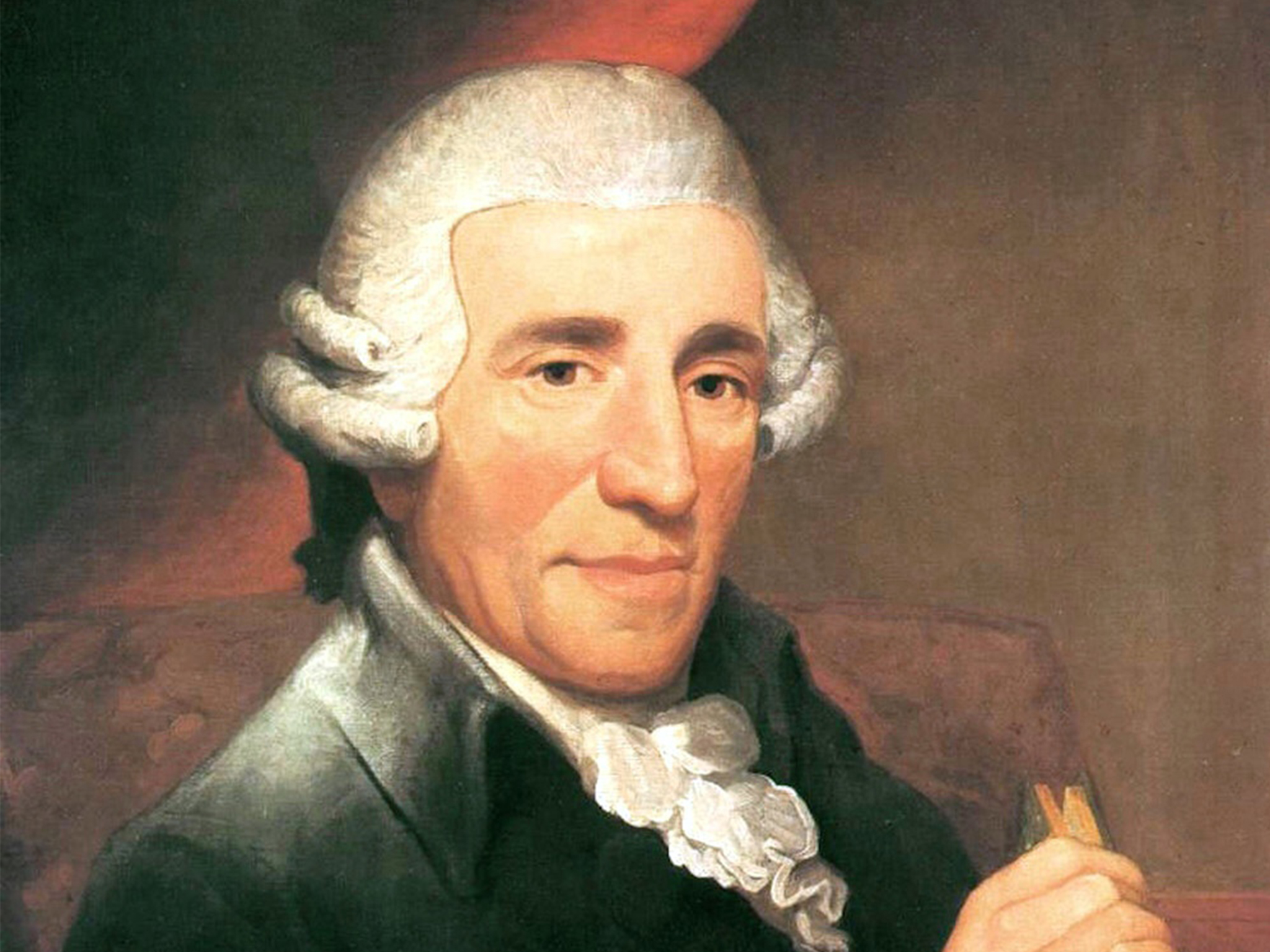Among the many symphonic masterpieces penned by Joseph Haydn, Symphony No. 49 in F minor, commonly known as “La Passione”, stands out for its intense emotional depth and dramatic character. Composed in 1768, this work is a prime example of Haydn’s Sturm und Drang (Storm and Stress) period—a time during which he experimented with darker moods, heightened expressiveness, and bold contrasts in his music.
Origins and Context
By the late 1760s, Haydn was well established as the Vice-Kapellmeister at the court of the wealthy Esterházy family in Hungary. This position provided him with the resources and freedom to compose prolifically. During this time, Haydn began to explore more emotionally charged and harmonically adventurous compositions, reflecting the broader cultural and artistic movement known as Sturm und Drang that was sweeping through Europe.
Symphony No. 49 fits squarely within this aesthetic. Its key of F minor, a rarity in Haydn’s symphonic output, immediately signals a departure from the lighter, more cheerful tone of many of his earlier symphonies. The symphony’s nickname, “La Passione” (The Passion), is thought to have been added later, possibly due to the symphony’s somber and intense character, which resonated with the themes of Christ’s Passion during Holy Week.
Structure and Style
The symphony follows an older, Baroque-inspired format known as the sonata da chiesa (church sonata), consisting of four movements arranged in a slow-fast-slow-fast sequence:
- Adagio – The opening movement sets a grave, contemplative mood with dark, brooding harmonies and dramatic intensity. It serves almost as a funeral procession, with long, mournful phrases and a sense of restrained passion.
- Allegro di molto – The second movement provides stark contrast, with rapid string passages and fierce dynamic shifts. It captures a turbulent, restless energy that propels the music forward with urgency.
- Menuet e Trio – Rather than offering a light-hearted respite, the minuet retains the seriousness of the previous movements. Its stately rhythm and minor tonality contribute to the symphony’s overall gravity.
- Presto – The final movement concludes the work with vigorous energy and dramatic flair. Even in its speed and intensity, it never quite escapes the prevailing sense of melancholy, making for a powerful and poignant ending.
A Masterpiece of the Sturm und Drang Era
Symphony No. 49 exemplifies Haydn’s genius for combining formal structure with emotional expression. It is often cited as one of the most striking works from his Sturm und Drang period, a time when his compositions pushed the boundaries of Classical style and laid the groundwork for future developments in orchestral music.
Though the symphony was initially composed for performance at the Esterházy court, its appeal has endured through the centuries. Today, it is appreciated not only for its technical brilliance and innovation but also for its expressive power and emotional depth.
Legacy
Haydn’s “La Passione” remains a testament to his ability to evoke profound emotional responses within the framework of Classical form. It serves as a bridge between the formal elegance of the early Classical symphony and the expressive intensity that would later be championed by composers such as Mozart, Beethoven, and Schubert.
Whether performed in a concert hall or studied in a classroom, Symphony No. 49 continues to captivate listeners with its somber beauty and powerful musical narrative. It is a defining work in Haydn’s early symphonic output and a crucial piece in the evolution of the symphony as an expressive medium.


Comments are closed